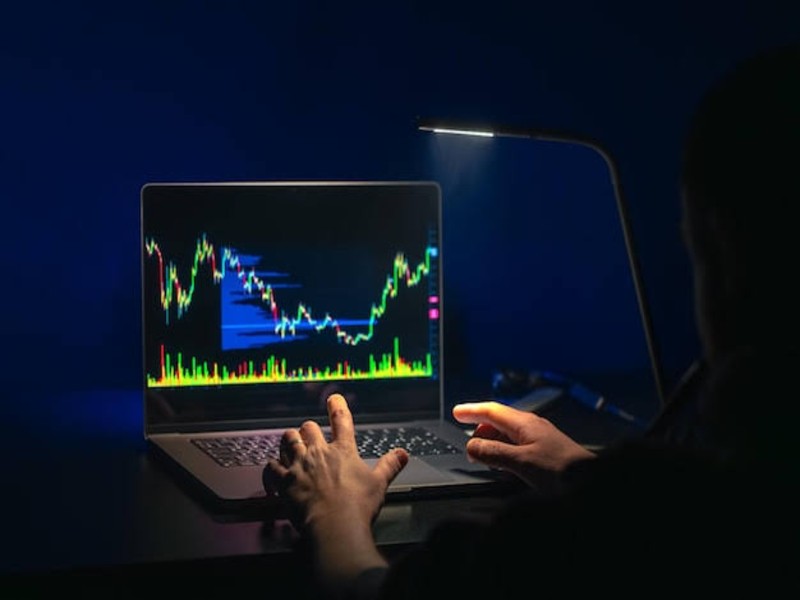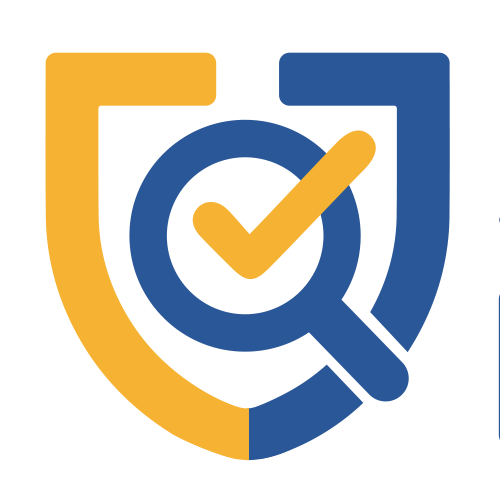
As digital tools become central to modern education, understanding the functionality of desktop-based systems is increasingly relevant for students in fields like business, finance, computer science, and information systems. These standalone applications are used for data interaction, interface simulation, system monitoring, and task execution in a controlled digital environment.
This guide introduces students and teachers to the structure, system requirements, and usage of desktop-based terminals. While the concept originated in professional environments, many educational programs now incorporate similar platforms into project-based learning, lab work, or software training modules.
What Is a Desktop Terminal?
A desktop terminal is an installable application that connects to remote servers and processes real-time information. Unlike browser-based tools, desktop systems are capable of handling more complex operations, integrating with external data feeds, and offering enhanced performance.
They are widely used in business simulations, lab-based economic models, algorithmic strategy testing, and visualization of dynamic datasets. Their interfaces often resemble professional trading platforms but can be repurposed for educational and analytical functions.
To explore available software versions, compatibility, and system requirements, students and IT lab coordinators should always visit the site of the platform provider.
Installation & First-Time Access
Many institutions provide access to these platforms through licensed educational versions. The general steps involved:
– Student registration or institutional login
– Verification through ID or academic email
– Secure delivery of login credentials
– Downloading and running the mt4 setup file
– Launching the platform using institution-assigned credentials
– Once installed, the software allows access to sample datasets, simulations, or predefined projects for student exercises.
Minimum System Requirements
To ensure stability and smooth operation in lab or personal study environments, the following specifications are recommended:
Operating System — Windows 10/macOS 11 or newer
RAM — At least 4 GB
CPU — Dual-core 2.0 GHz or higher
Disk Space — 150 MB available
Internet — Stable broadband connection
Institutions should ensure lab computers meet these requirements, especially for concurrent multi-user sessions.
Why Teach Desktop Terminals?
Introducing desktop-based platforms in education has multiple benefits:
Hands-on technical learning: Students interact with real interfaces
Data interpretation skills: Time series, charts, logs
Responsible system use: Login security, user control
Applied IT knowledge: Understanding client-server models
Cross-disciplinary value: Useful in business, IT, and finance courses
These tools simulate professional-grade environments, helping students become more comfortable with enterprise software workflows.
Key Functional Elements
Once launched, the platform allows:
- Visualisation of data over multiple timeframes
- Use of measurement tools, trendlines, indicators
- Access to session logs and action histories
- Customisation of display settings for clarity and usability
Educators can create controlled tasks that mimic real-world problem solving, such as identifying patterns, managing multiple datasets, or comparing variables in real time.
Security & Student Responsibility
As with any remote-enabled application, student use should follow clear guidelines:
- Never share login credentials
- Use institution-approved devices
- Log out after sessions
- Report system bugs or irregular behavior to IT support
- Avoid installing unverified third-party extensions
- Institutions should also educate students on digital hygiene and basic encryption concepts when interacting with remote servers.
Conclusion
Desktop terminals are no longer reserved for enterprise use. With proper guidance, they become effective learning environments that encourage exploration, analysis, and technical understanding. From data science programmes to introductory finance courses, they represent a meaningful bridge between academic learning and real-world systems.
To get started, students or educators can visit the site of the platform they wish to explore, and follow the installation instructions provided in the mt4 dl download area.
Also read: How visual tools transform learning























